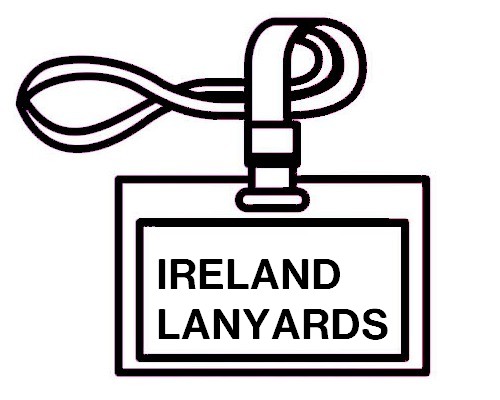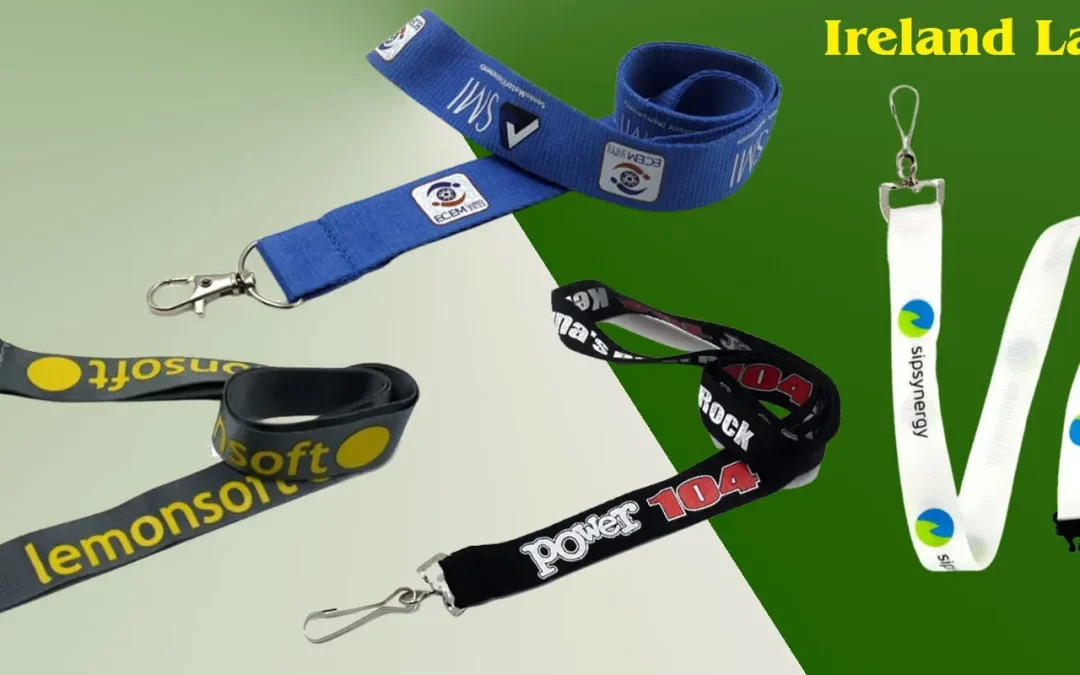Lanyards are also known as lead ropes or head ropes, depending on their purpose. A lanyard is typically used for holding items such as identification cards, badges, and keys together in order to prevent them from falling off. There are a variety of lanyards that are designed to be worn around the neck that is designed to be easily removed so that they may be used in situations where reaching up would be difficult.
Many people do not understand the primary function of a lanyard, leading to them thinking that they should not purchase one because they cannot use it as a tool. But infact the product is ideal for anyone who has items such as keys, a mobile phone, electronic fobs or identity badges to display. Lanyards in Ireland have become a very popular product for both companies and staff to make their lives easier.
Walk along the main streets of Dublin on any day and likely you will see many people wearing a customised lanyard with logos printed. They are primarily used as a way of identifying someone easily – where the lanyard shows which company or organization they represent. The printable area can include a logo or text outlining which company it belongs to. There are many different types of clips, buckles and accessories that can be attached to the end of the lanyard.
Lanyards are available in a wide range of colours and also different types of material such as nylon, woven and polyester. They can all be customized to include the required logo / text / icons. Both plain and printed lanyards are worn around the neck and are a great way for employees to show which company they work. This is especially useful for staff who work offsite and need to show their identification credentials very often.
A survival lanyard serves multiple functions:
- A safety lanyard can be attached to things that could fall on the ground such as car or house keys or entry fobs. The product is worn around the neck and the items are attached using a buckle, claw or clip.
- The main purpose of a survival lanyard is to have its length enable it to be easily accessible by the wearer, keeping it within arm’s length should the situation require moving quickly. The standard size of a lanyard is 900mm in length and either 15-25mm in width.
- The secondary use of a survival lanyard is for tasks that require reaching up high. A longer duration of contact will allow better control or greater force in such situations. This is so that when needed, the user can insert a pole in place instead of just pushing from below against resistance or throwing something overhead.
- Lanyards are commonly used as tethers in many areas, dragging along behind the person as a makeshift rope. This is in case the main rope is damaged or lost.
- A lanyard can be used to carry keys on the ground and never lose them.
- A lanyard can be used in a first aid kit as a splint or bandage if needed.
- A lanyard can be used as an improvised weapon if needed.
- For people who are afraid of heights, a lanyard can be used to help in situations where reaching up would be difficult.
- A loaded lanyard can also act as a tourniquet for someone who is bleeding badly. This can be even on an extremity that cannot tolerate direct pressure or has lost much blood. A tourniquet will keep the blood flow from being completely cut off for longer than without one.


Recent Comments